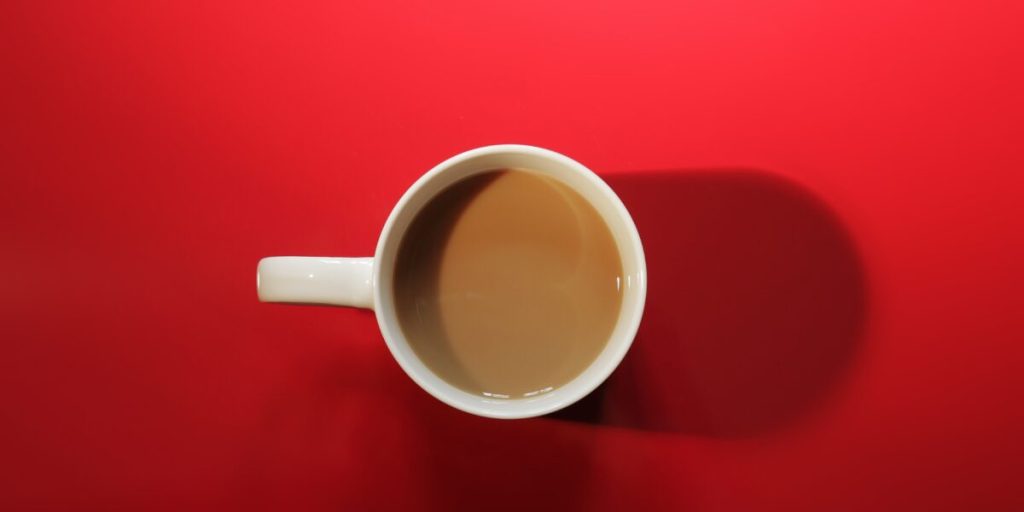Market the rainbow: The science of colors in branding
The science of colors in branding has long been up for debate. Many academics insist color affinity is born from personal experience, background, and individual preference rather than proven branding or marketing psychology. Yet, according to ColorCom, up to 92.6% of peoples’ perception about a brand relates to their feelings about that logo’s colors. And …
Market the rainbow: The science of colors in branding Read More »



